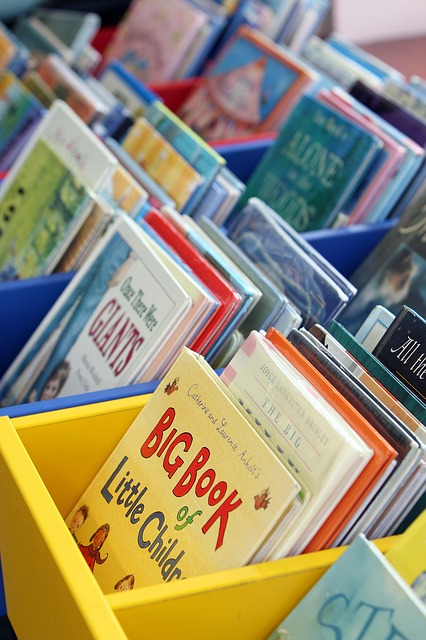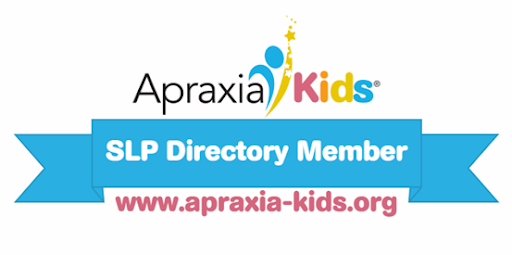
“Just Right” Books
According to Scholastic, shared book reading is one way to build a child’s vocabulary and object recognition skills, spark their curiosity in different experiences, and create wonderful moments of engagement from birth. Selecting books can be challenging given the vast array of choices and styles of children’s books. Research suggests that one of the best means for selecting books relates to the age appropriateness. Babies and toddlers are reported to do best with high contrast board books that are simplistic, repetitive, and durable with their design. Bath and sensory books which are made of vinyl or cloth are engaging for young infants and can be incorporated in different environments such as when taking a bath or playing at the











